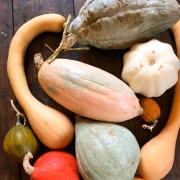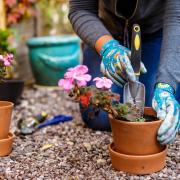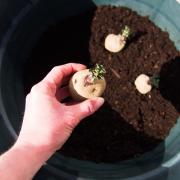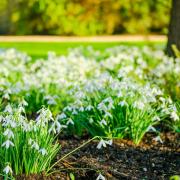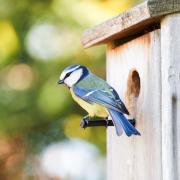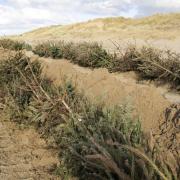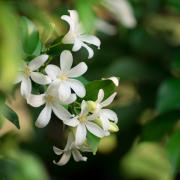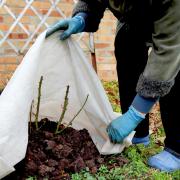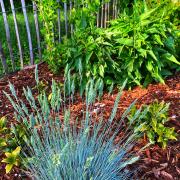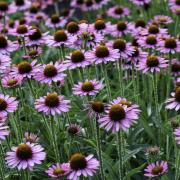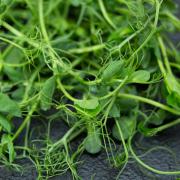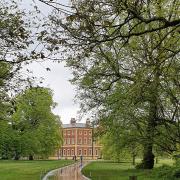Don Billington has a passion for plants from the tropics and he hopes it will earn him another gold medal. Linda Viney reports
When you meet a plant expert whose collection outstrips the mighty Kew Gardens, you know this is someone who knows his stuff.
Step forward Don Billington from Maghull. He is going for a hat-trick of Gold Medals at this year’s RHS Chelsea Flower Show with his display of Bromeliads, plants mainly found in the American tropics, and Tillandsias, a relative normally resident in forests, mountains and deserts.
Don has already achieved two golds at this prestigious show, last year as a solo exhibitor of these wonderful plants, and previously as part of a team. As well as having more of these plants than Kew, he has also received special recognition from Plant Heritage, a worldwide conservation charity.
His expertise means he is in demand internationally. When I met up with him he had just returned from Utrecht University Botanic Gardens, and was about to jet off to Dublin. Next stop was London to pick up an RHS Judges’ award.
Don had both feet on the ground when we got together at Lydiate Garden Centre where he was setting up a permanent display in an a area which is dedicated to these fascinating plants.
His enthusiasm and Scouse wit shine through. The thought of working 9 to 5 in a stuffy office when he left school was too much to take so his horticultural journey began at 16. He served an apprenticeship learning his skills at Liverpool City Council where he worked at the historic walled garden in Croxteth. It became clear his favourite place was the glasshouses and it laid the foundation for his love of these tropical plants. The Bromeliads are found in the southern states of America and South America apart from one genus which is found in the West Coast of Africa - Pitcairnia feliciana, thought to have been spread by seeds from migrating birds.
Tillandsia are true air plants, living only on the rain, dew and any nutrients. Their roots are used to attach themselves to the branches of trees or rocks, although some do grow in the soil. Initially they were first thought to be a relative of the mistletoe, with 500 species they are the largest of the Bromeliad family. You may have seen the commonly named Spanish Moss (Tillandsia usneoides) hanging like curtains from trees in their natural habitat when on holiday.
Aechmea Fasciata is one of the most beautiful Bromeliads for indoor decoration. Known as the urn plant, it is likely to the first Bromeliad people get. Ananas comosus variegata, as its name suggests, is one of the pineapple family and is again one of the best for the home. If given high humidity and warmth in the spring, it encourages flowering and fruiting on a spike which can last for almost a year. Be aware though - the fruit is small and despite its name isn’t edible. Billbergia and Neoregelia are another two of the other better known species.
Don is also spreading the word to young gardeners. He has two schools signed up to the RHS Campaign for Schools Gardening programme which aims to encourage and support schools to develop and actively use a school garden. Pupils at St Cecilia’s Primary in Maghull are even entrusted with caring for his plants for Chelsea, where he has a 17-foot diameter stand to display his plants to perfection. Here’s to Don’s hat-trick.




